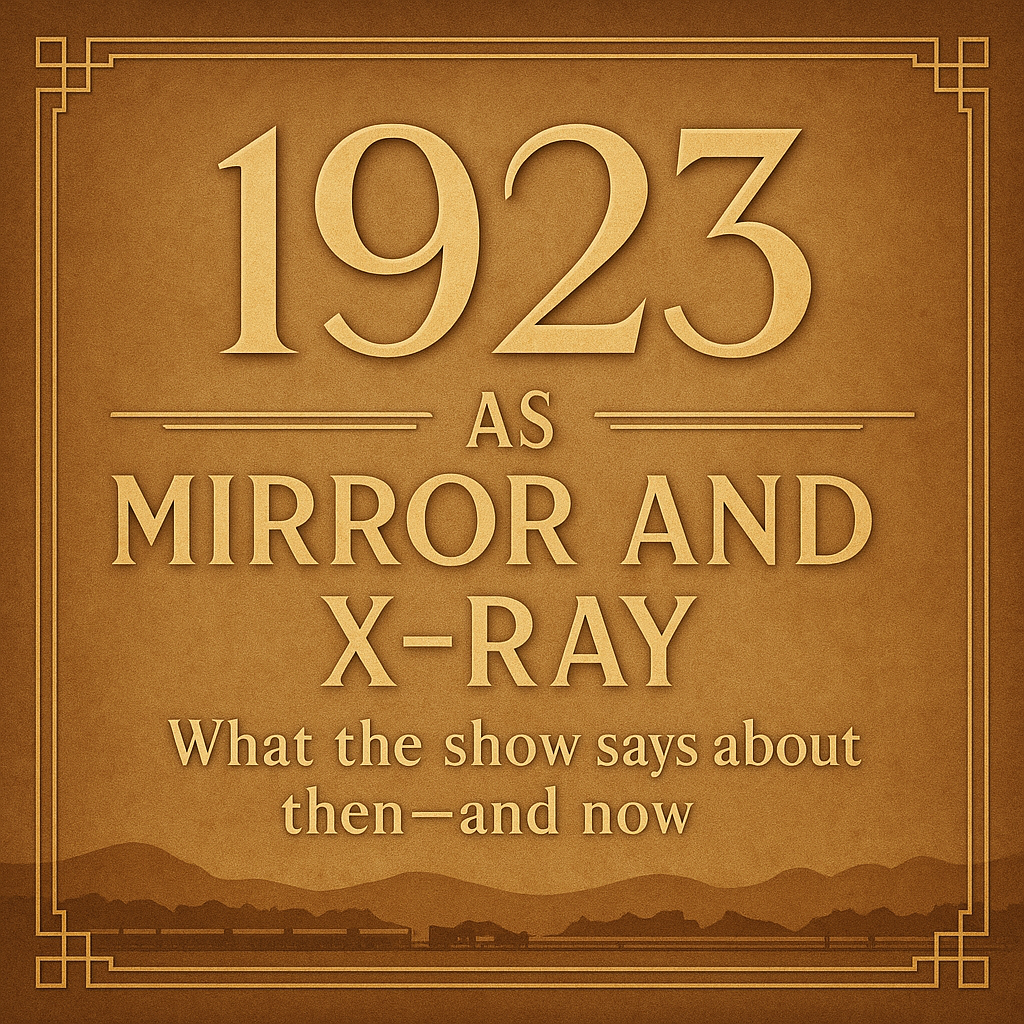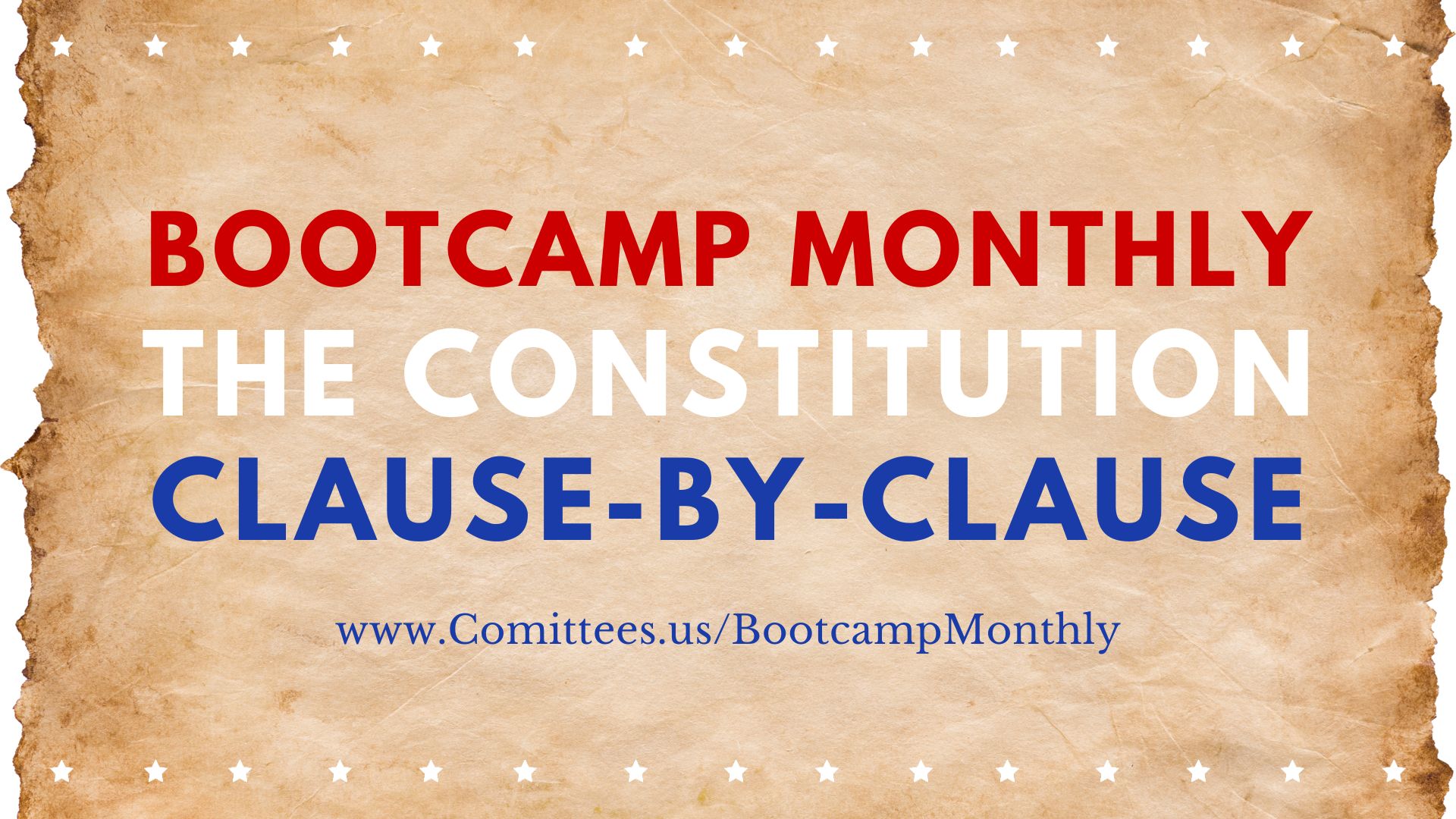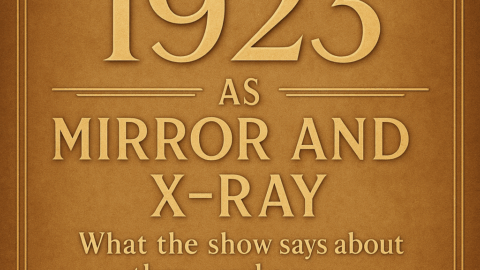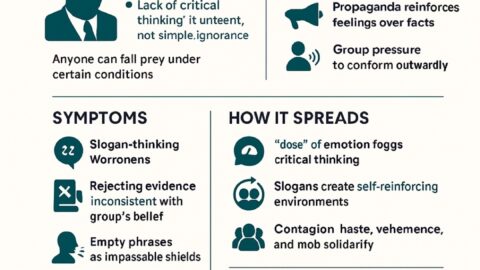“1923” didn’t just ride the Yellowstone wave; it reset the curve. The prequel’s Dec. 18, 2022 launch drew about 7.4 million viewers across Paramount+ and linear simulcasts—then Season 2 premieres and finales set new streaming highs on Paramount+ in early 2025, with viewership up sharply year over year.
Who’s watching? Think Yellowstone’s backbone—older-skewing, heartland-heavy, multigenerational households—and then add the draw of Helen Mirren and Harrison Ford. Nielsen and trade reporting paint a picture of a big, mainstream audience with strong middle-America representation; the Yellowstone mothership has long been strongest in cities like Dallas and Oklahoma City and among viewers 50+, patterns that plausibly extend to 1923.
Politically, it’s more “complicated” than a simple red/blue split. Yellowstone has been labeled a “red-state show,” but coverage and the creator’s own comments stress that its fandom is broad—even if its iconography (ranch life, frontier justice) resonates more with culturally conservative areas. Expect 1923 to inherit that mix: plenty of viewers who lean right on culture, plus moderates and apolitical drama fans who come for the performances and sweeping plotting.
Why it matters: for the platform age, 1923 mirrors real-world tensions—only here it’s land, law, consolidation, and who writes the rules when institutions are thin. The series dramatizes the collision of ranchers, railroads, mining capital, territorial government, and church-run schools—issues that echo today’s fights over corporate power, extraction, property rights, and state capacity. That’s why the ratings aren’t the whole story: the show doubles as an “X-ray” of American myths about order and ownership, and how those myths get renewed each generation.
One more caution: prestige TV can decode power—and also encode it. 1923’s operatic stakes and noble-frontier framing can pull viewers toward tidy narratives about “strong hands” restoring order. That’s not a reason to skip it; it’s a reason to watch with your eyes open. Track what the script calls “progress,” who pays for it, and whose voice is carrying the moral of the story.
Taylor Sheridan’s 1923 looks like a period Western, but it behaves like a diagnostic machine. It scans the American project at a moment when horses share roads with Buicks, and then it hands us film that could have been shot yesterday. Strip away the wool coats and the lever-actions and you’re left with the same arguments we still haven’t settled: who owns the land; who writes the rules; what counts as justice; who pays for “progress.”
Below are the show’s clearest truths—about what happened, what’s happening, and why it still hurts.
Progress arrives wearing paperwork
What the show depicts: Donald Whitfield doesn’t conquer the Yellowstone with rifles alone. He uses liens, taxes, back-room judges, and “development” plans (tourism, roads, air travel).
What it reveals now: The frontier was not only won by force; it was retitled. Today, that looks like corporate land grabs, financialization of housing, extractive leases, and public subsidies flowing to private resorts and “destination” economies. The tools are duller than a gun and sharper than a deed: debt, zoning, tax policy, eminent domain, LLCs. The violence is invisible until the eviction notice arrives.
Truth: In America, possession is nine-tenths narrative and one-tenth notarized. If you control the story of who deserves a place, you can usually get the paper to match.
Law and order are not the same thing
What the show depicts: A sheriff trying to prevent a war; marshals who know when a warrant is a weapon; a racist marriage law used to break a cowboy’s family; Teonna Rainwater’s case dismissed only because every witness is dead.
What it reveals now: Statutes can be moral or monstrous—and both are enforceable. From redlining to voter purges to selective prosecution, law has often been a delivery system for someone’s economics. Meanwhile, overworked good actors inside the system do triage, not transformation.
Truth: “The law” is a tool. Justice is a decision. We still confuse the two, often on purpose.
Dispossession didn’t end; it changed uniforms
What the show depicts: The boarding-school regime that tried to erase Indigenous identity with beatings, ovens, and catechisms; Teonna’s escape as both crime and necessity.
What it reveals now: Cultural erasure rebrands: pipelines over treaty land; mascots giving way to casinos giving way to land-back fights; underfunded reparations and overfunded extraction. The vocabulary modernizes, but the project—convert land into revenue, people into labor, memory into omission—stays steady.
Truth: The past is not past. It’s policy with better PR.
The frontier myth sells what it destroys
What the show depicts: Whitfield’s investors cheer a business model called “Montana”—skiing, wildlife, danger you can safely purchase.
What it reveals now: Travel influencers and resort towns monetize “untouched” places, then touch them to death. Instagram makes wilderness a stage; infrastructure follows; workers can’t afford to live where they serve the fantasy.
Truth: When experience becomes a commodity, place becomes collateral.
Capital centralizes; community decentralizes or dies
What the show depicts: A silver baron using county offices like a private desk; ranchers forced to become militias; neighbors the only EMS.
What it reveals now: Consolidation is the water we swim in—agribusiness, hospital chains, private equity, broadband monopolies. Rural communities survive by mutual aid while institutions retreat.
Truth: Local resilience is often all that stands between a crisis and a catastrophe, but it cannot forever substitute for public capacity.
Violence is spectacular; slow violence wins
What the show depicts: Shootouts and sieges draw the eye; Whitfield’s ledgers do the lasting damage.
What it reveals now: We recognize harm when it’s loud—storms, mines, raids. We miss what’s quiet—pollution, predatory lending, administrative cruelty, and decades-long climate shifts.
Truth: The most effective weapons in America are often mezzanine loans and waiting periods.
The family farm/ranch is a love story written as labor
What the show depicts: Jack and Elizabeth discover marriage on the Yellowstone is logistics before romance; Cara runs the ranch like a battalion.
What it reveals now: Small operations everywhere—farms, shops, nonprofits—run on unpaid care: spouses, grandmothers, neighbors. “Family business” is a beautiful phrase that hides who keeps the ledgers, tucks the kids, reloads at 3 a.m., and schedules the rabies shots.
Truth: America runs on invisible labor, mostly female, mostly uncounted.
War comes home—then never really leaves
What the show depicts: Spencer’s Medal of Honor is less a badge than a bruise. He returns not healed but useful.
What it reveals now: We still train men for violence and then act surprised when they come home fluent in it. Trauma migrates: from trenches, to bars, to families, to county lines.
Truth: The war ends; the war in someone does not.
Immigration is a test of dignity, not just documents
What the show depicts: Alexandra’s strip-search “processing” at Ellis Island; the small humiliations that pass for gatekeeping; the rare kindness of strangers that finally cracks a door.
What it reveals now: Paper barriers dress themselves up as “security.” Too often they become humiliation rituals—filters for wealth, luck, and endurance rather than merit or lawful criteria.
Truth: A just border asks what a person can contribute, not how much shame they can survive.
Guardrail—government of laws, not men: Compassion matters, but it must be expressed through clear, publicly known, and evenly applied laws, not left to the shifting moods of officials. That means neutral criteria, due process, transparent waitlists, independent review, and a real right of appeal—so mercy is principled, enforcement is consistent, and no one’s dignity depends on who happens to be on duty.
Grief is policy’s most reliable product
What the show depicts: A porch where the living rock a goat-fed newborn named for the dead; Spencer’s life defined by the price of staying.
What it reveals now: When systems privilege extraction over belonging, the reliable outputs are profit and funerals. The remaining currency is community—and it spends slowly.
Truth: Holding ground costs blood and memory; abandoning it costs identity. We have chosen, for a century, to make people choose.
So what is “1923” telling the truth about?
- America wasn’t simply built; it was transferred—from many to few—by guns first, then by pens.
- Modernization without consent is enclosure, and enclosure breeds resistance labeled “crime.”
- Narratives launder power. Who gets called “pioneer,” “developer,” “savage,” “thief,” or “terrorist” decides outcomes before hearings are held.
- The past keeps happening because the incentives never changed. We subsidize extraction, privatize gains, socialize risk, and spiritualize the loss.
And yet, the show is not only elegy. It’s instruction.
- Organize where you are; don’t wait for permission.
- Learn the rules; assume they will be used against you; use them back.
- Keep receipts (paper matters).
- Tell truer stories than the ones for sale—about land, labor, neighbors, and names.
- Invest in the boring things (water systems, clinics, school boards): they are the anti-Whitfield.
1923 isn’t nostalgia. It’s a mirror held at a harsh angle, reminding us that the future will not be decided by who has the fastest car—or the biggest herd—but by who authors the deed, staffs the courthouse, tends the fence, and refuses the lie.






